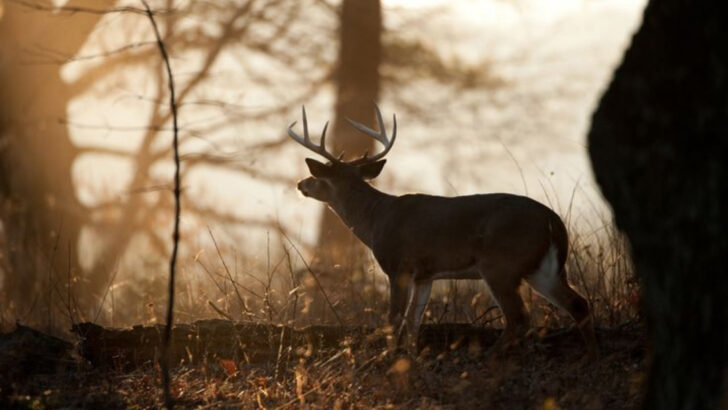Big bucks don’t get big by being dumb.
They’ve dodged bullets, sniffed out traps, and ghosted through seasons like four-legged phantoms. If you’re still sitting in the woods wondering why your dream buck never shows up—this might be why.
Some tactics attract them like magnets. Others? They send those bruisers sprinting in the opposite direction before you even raise your rifle.
Let’s break down what actually works—and what’s blowing your chances. Because trophy bucks aren’t mythical. They’re just survivors of bad strategy.
Utilizing Scent Lures

Imagine the forest, quiet yet full of unseen life. Using scent lures, a hunter can become an intriguing presence rather than a feared intruder. Deer are naturally curious animals, and scent lures can attract their attention by mimicking familiar smells. Such lures can simulate the scent of another deer or enticing food sources. This tactic can draw a trophy buck closer, piquing its interest and leading to successful encounters.
By blending human scent with these natural aromas, hunters can mask their presence, creating an irresistible mystery for the keen-nosed buck. A well-placed scent lure can make all the difference.
Calling Techniques
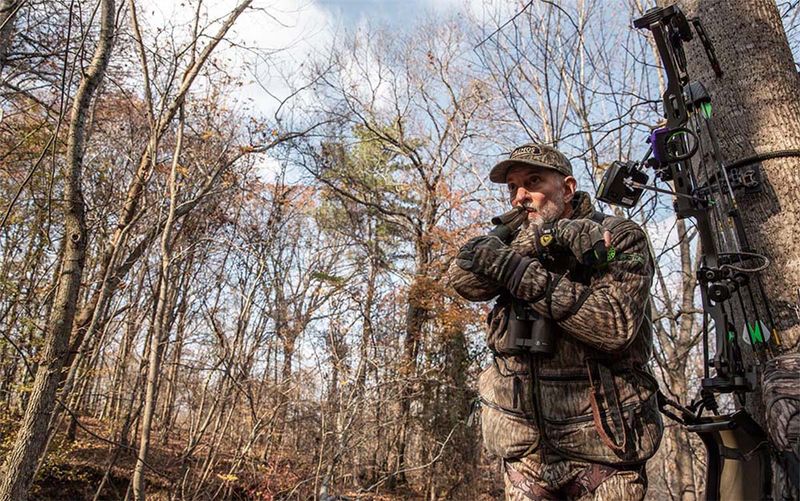
With a sharp ear and a well-timed call, the hunter can weave a story that draws deer near. Calling techniques, such as grunts or bleats, can mimic the sounds of deer communicating. These auditory cues signal safety or curiosity, inviting bucks to investigate.
When executed with skill, these calls can persuade even the wariest of bucks to emerge from hiding. The art lies in knowing when and how to call. A misplaced call might send them running, but a perfect imitation can lure them in, bridging the silent gap between hunter and prey.
Understanding Wind Direction
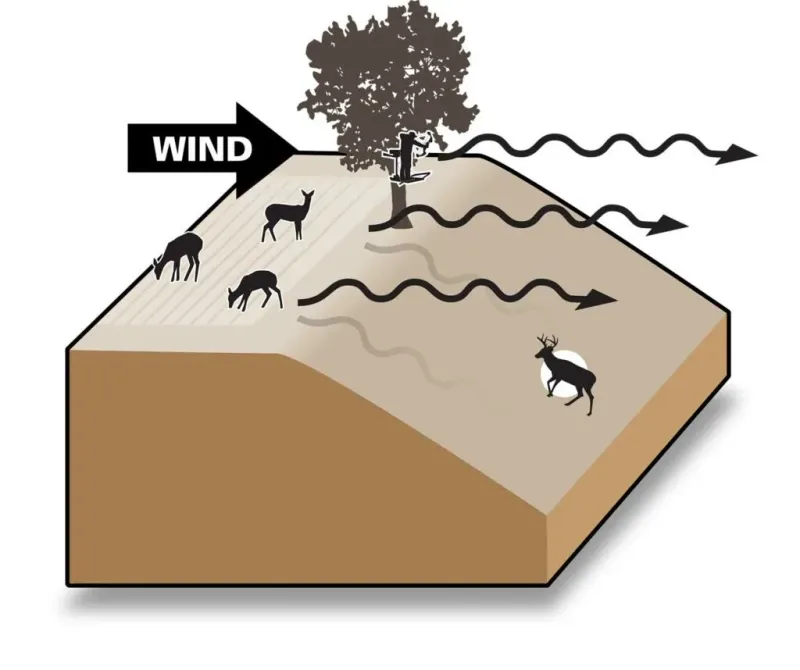
In the world of hunting, the wind is a silent guide. Understanding wind direction is crucial for avoiding detection. Deer possess a keen sense of smell, and a hunter’s scent can easily betray their presence if carried by the wind.
By positioning themselves downwind, hunters can maintain an element of surprise. This strategic advantage allows them to approach more closely without raising alarm. Utilizing tools like wind-checking powder can aid hunters in determining the best position, ensuring that their scent remains undetected as they draw near to their quarry.
Using Ground Blinds

In the heart of the forest, blending in becomes an art form. Using ground blinds allows hunters to remain concealed while observing their surroundings. These well-camouflaged tents provide a hidden vantage point, minimizing movement and noise.
Ground blinds are particularly effective in areas with limited natural cover. Positioned strategically, they offer a clear line of sight and a comfortable place to wait. By becoming part of the landscape, hunters increase their chances of witnessing a trophy buck up close, turning the odds in their favor.
Trail Cameras for Scouting
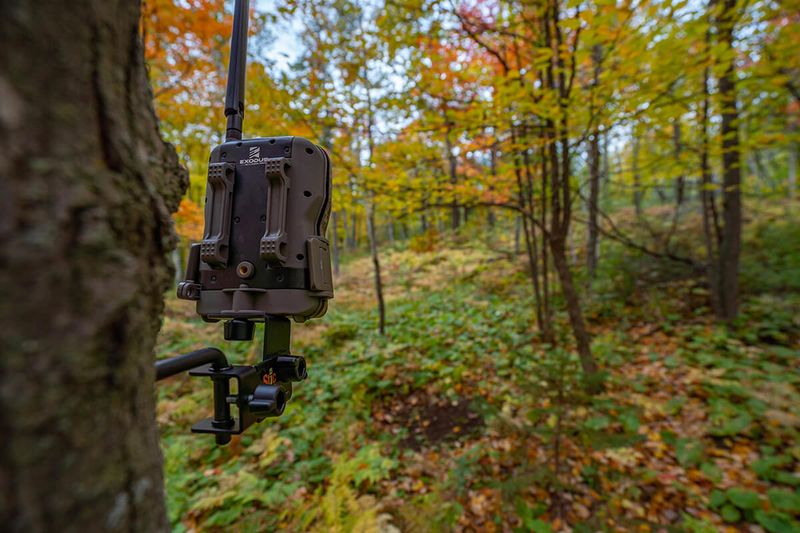
Trail cameras are the eyes that never blink. These digital marvels offer hunters the opportunity to scout areas without being physically present. Placed along known deer paths, they capture images and videos of wildlife, revealing patterns and behaviors.
Analyzing this data provides invaluable insight into deer movements, helping hunters plan their strategy. The ability to observe without disturbance allows for a deeper understanding of the environment, increasing the likelihood of successful encounters. Trail cameras transform the forest into an open book, filled with clues waiting to be read.
Planting Food Plots

A garden of plenty awaits in the clearing. Planting food plots is a proactive strategy to attract deer by providing a reliable food source. These plots can include a variety of plants, such as clover or corn, tailored to the deer’s preferences.
Over time, deer learn to frequent these areas, drawn by the promise of nourishment. This method not only attracts bucks but also benefits the ecosystem by offering additional resources. By cultivating these plots, hunters create a haven of abundance that entices deer to venture out from their secluded retreats.
Mimicking Natural Sounds
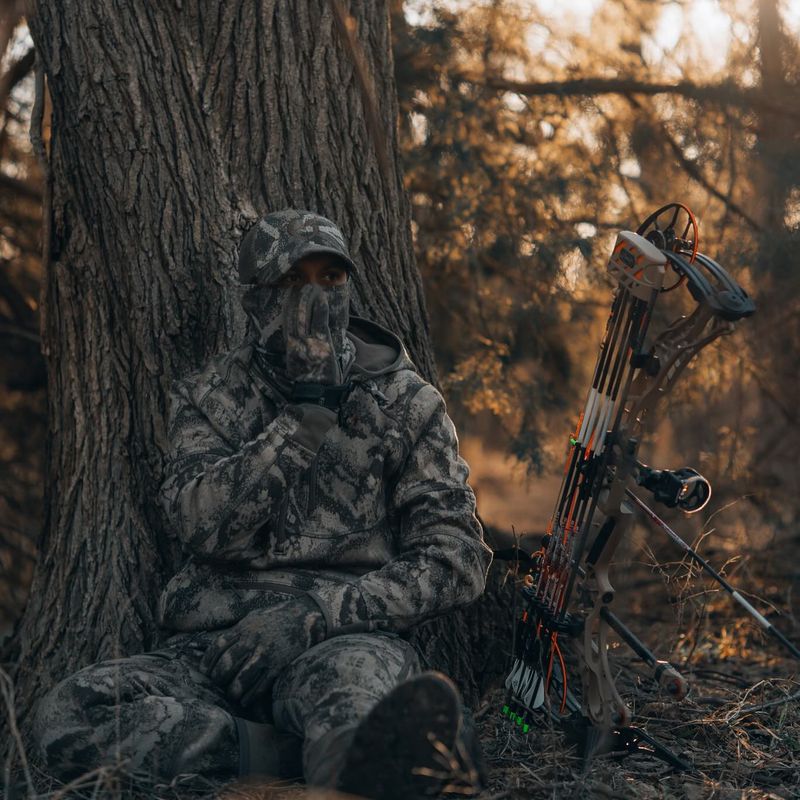
Nature’s symphony is a language all its own. By mimicking natural sounds, hunters can blend into this chorus, becoming part of the environment. Rustling leaves or breaking twigs mimic the sounds of animals, suggesting normalcy and safety.
These subtle cues can calm deer, encouraging them to stay within the area. This tactic requires patience and a keen ear, as the timing and authenticity of the sounds are crucial. Mastering this technique can transform a hunter into an invisible participant in the forest’s daily rhythm, creating opportunities for close encounters.
Strategic Tree Stand Placement

High above the forest floor, a hunter gains a new perspective. Strategic placement of tree stands offers a bird’s-eye view of the surroundings, allowing hunters to spot deer from afar. Positioned near trails or food sources, these stands provide an advantageous vantage point.
The elevation also helps in avoiding detection by scent. From this height, hunters can observe without disturbing the natural flow of wildlife. The tree stand becomes a sanctuary of patience and anticipation, where the forest unfolds its secrets to those who wait.
Using Decoys

Deception plays a role in luring bucks. Using decoys can simulate the presence of other deer, creating a social scenario that intrigues or challenges bucks. These lifelike figures can attract both curious and territorial deer.
When placed correctly, decoys can draw bucks into the open, offering hunters a clear shot. The key to success lies in the decoy’s placement and realism. A well-chosen decoy can turn a field into a stage, where deer respond to the silent invitation to join the scene.
Silent Approach Techniques
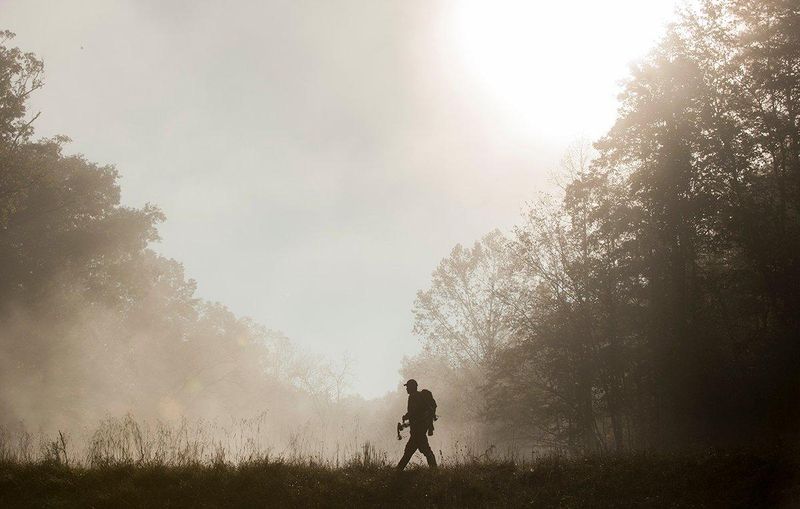
Silence is a hunter’s ally. Perfecting a silent approach involves minimizing noise and disrupting the environment as little as possible. Soft clothing, careful foot placement, and awareness of surroundings are crucial elements.
Moving with the rhythm of the forest helps the hunter blend into the natural soundscape. This stealthy method allows hunters to get closer to their quarry, observing undetected. Mastering this technique requires practice and patience, but the rewards include closer encounters and the thrill of being part of the wild’s quiet dance.
Timing Your Hunts
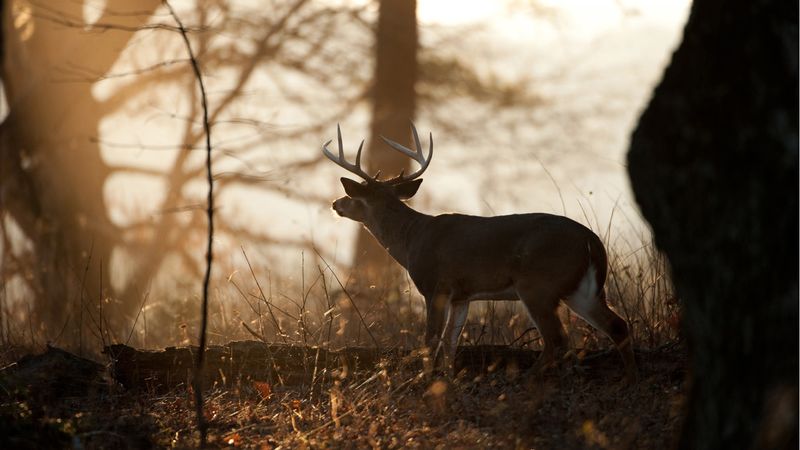
Time is an invaluable asset in hunting. Timing your hunts to coincide with deer activity patterns can significantly increase success rates. Early morning and late afternoon are prime times when deer are most active.
By aligning with these natural rhythms, hunters can maximize their chances of encountering a trophy buck. The golden hours of dawn and dusk offer not only opportunities but also breathtaking views, making the hunt a holistic experience. Understanding the importance of timing elevates the hunting strategy to an art form.
Avoiding Quick Movements
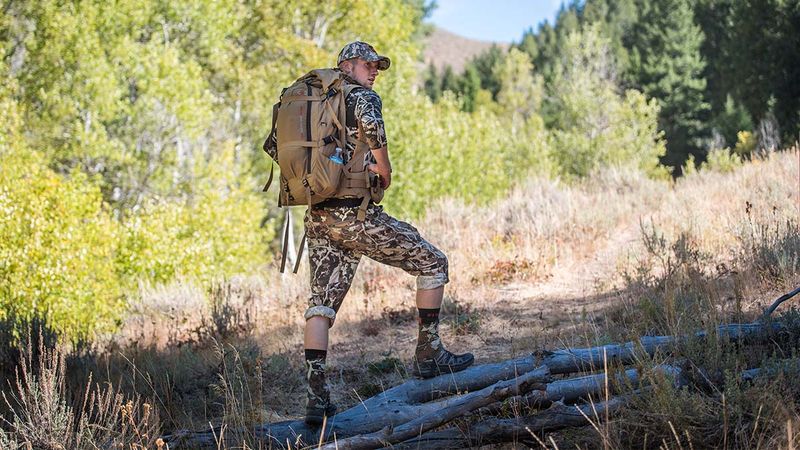
In the world of survival, sudden movements can spell danger. Avoiding quick movements is crucial when trying not to startle deer. Even a slight motion can alert a buck, causing it to flee.
By practicing stillness and moving deliberately, hunters can remain unnoticed. Every step and gesture should be measured, mirroring the calm of the surrounding wilderness. This discipline fosters a connection with the environment, where patience and control lead to rewarding encounters. The forest becomes a partner, where silence speaks and stillness reigns.
Wearing the Wrong Colors

In the wild, visibility can make the difference between success and failure. Wearing the wrong colors, especially bright ones, can scare deer away. Deer perceive certain colors, like blue, more vividly, which can alert them to human presence.
Opting for camouflage and earth tones helps hunters blend into the environment, reducing the likelihood of detection. This attention to detail ensures that hunters remain part of the landscape rather than an intruding figure. The right attire becomes a silent ally, enhancing the hunter’s ability to move unseen and undetected.
Ignoring Weather Conditions
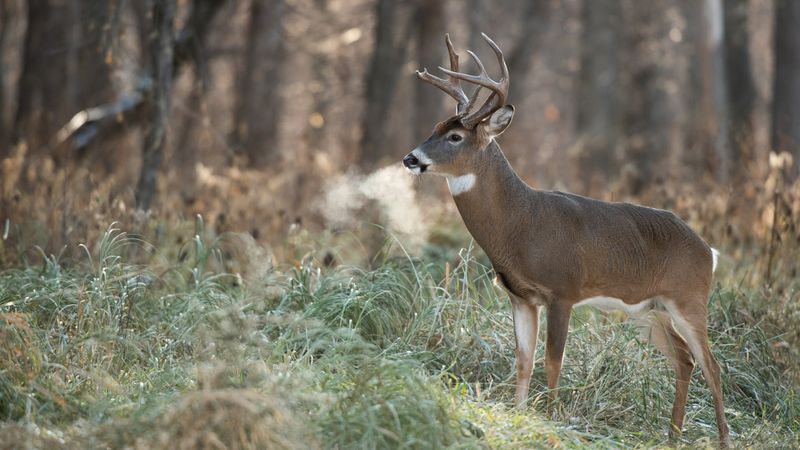
Weather is an unpredictable yet powerful factor in hunting. Ignoring weather conditions can lead to unsuccessful outings, as deer behavior is greatly influenced by the elements. Rain, wind, and temperature shifts can alter deer activity.
Preparing for various weather scenarios ensures that hunters are ready to adapt their strategies. By understanding how weather affects deer, hunters can anticipate movements and adjust their plans accordingly. Embracing the weather as an ally rather than an obstacle enhances the hunting experience, turning challenges into opportunities.
Overusing Electronic Gadgets
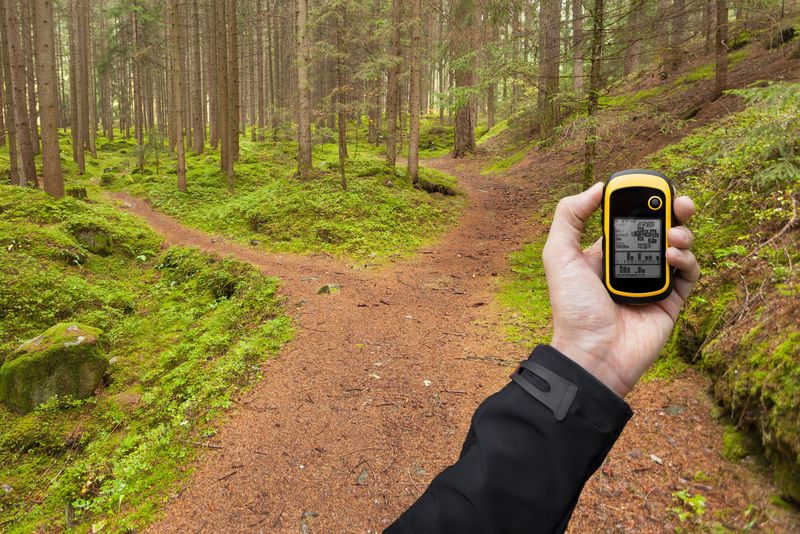
In the digital age, technology offers many conveniences, yet overreliance on electronic gadgets can detract from the hunting experience. Constant gadget use can introduce unnatural sounds and distractions, alerting deer to human presence.
While technology can enhance scouting and planning, hunters must strike a balance to maintain connection with the natural world. By relying too heavily on gadgets, hunters risk losing the subtlety and instinct required for close encounters. Embracing traditional skills alongside modern tools allows for a richer, more immersive experience in the wild.
Failing to Control Scent
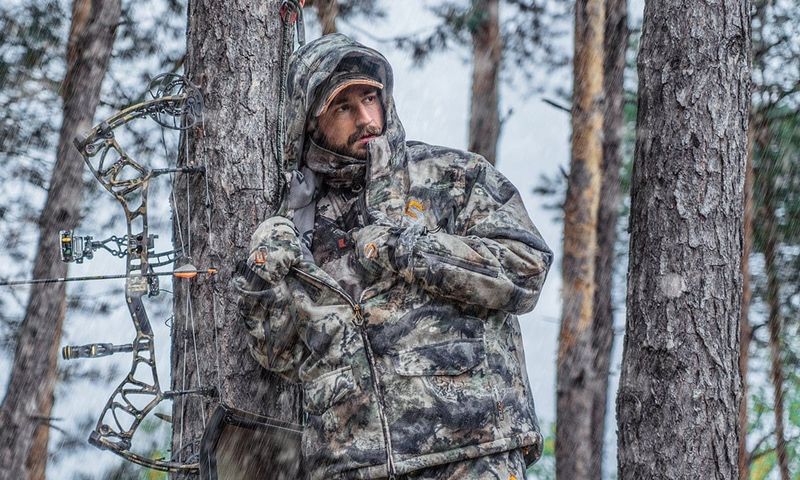
The forest is a realm of scents. Failing to control one’s scent can alert deer to human presence long before they are seen. Scent control techniques, such as specialized sprays and scent-eliminating clothing, help mask human odors.
By becoming scent-neutral, hunters can move through the environment with less risk of detection. This practice requires vigilance and attention to detail, but the reward is a greater likelihood of close encounters. Embracing scent control transforms the hunter into an invisible participant in the forest’s complex web of aromas.
Leaving Too Much Human Trace

Respect for the environment is paramount. Leaving too much human trace, such as litter or conspicuous paths, can deter deer from visiting an area. These signs of human activity disrupt the natural setting, making deer wary.
Hunters should strive to leave no trace, minimizing their impact on the environment. By doing so, they preserve the wild’s pristine state, ensuring that deer continue to feel safe. This respect for the land fosters a deeper connection with nature, where the hunter becomes a guardian rather than an intruder.
Ignoring Local Regulations
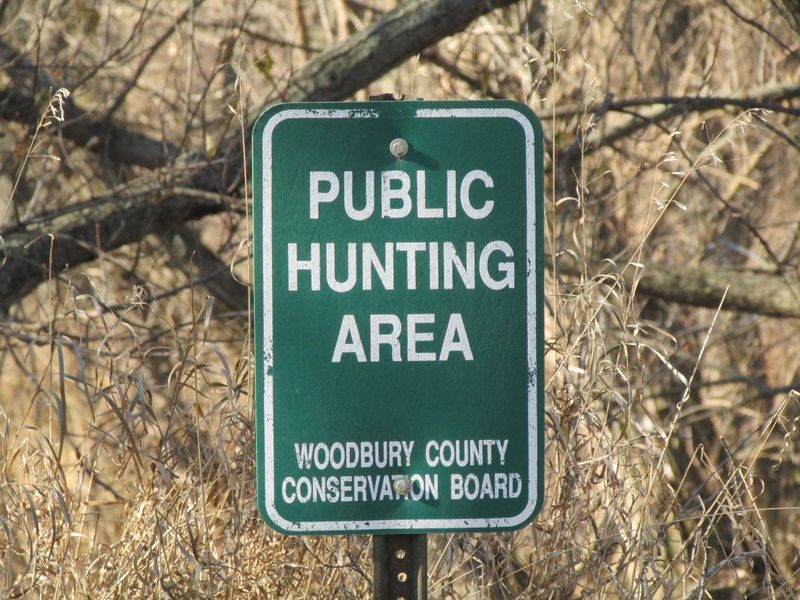
Knowledge is power in the world of hunting. Ignoring local regulations can lead to legal troubles and potentially scare deer away from frequented areas. Regulations are in place to protect wildlife and ensure sustainable practices.
By adhering to these rules, hunters contribute to conservation efforts and maintain harmony with the environment. Understanding and respecting guidelines fosters a sense of responsibility, where hunting becomes part of a larger effort to preserve the natural world for future generations.
Neglecting Camouflage
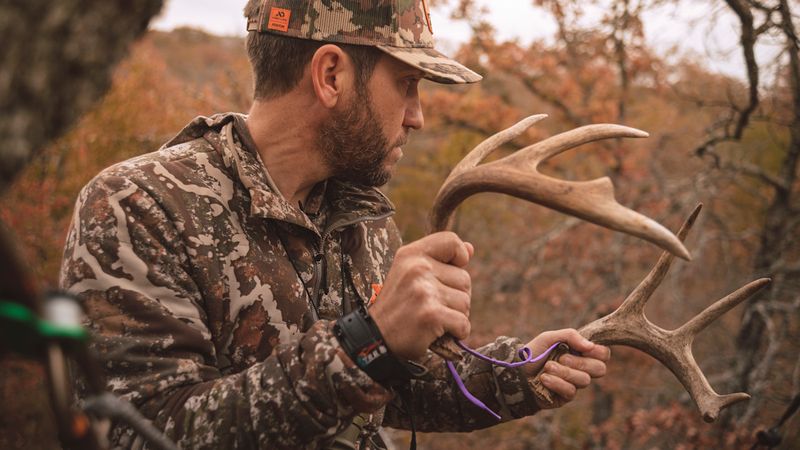
Visibility is the hunter’s enemy. Neglecting camouflage can make hunters too conspicuous, scaring deer away. Camouflage is more than clothing; it’s an art of blending into the surroundings.
By matching textures and colors to the environment, hunters can become part of the landscape. This attention to detail is vital for approaching deer without detection. The forest becomes a canvas, where effective camouflage is the brushstroke that allows hunters to move unseen, turning pursuit into an artful endeavor.
Disregarding Noise Discipline
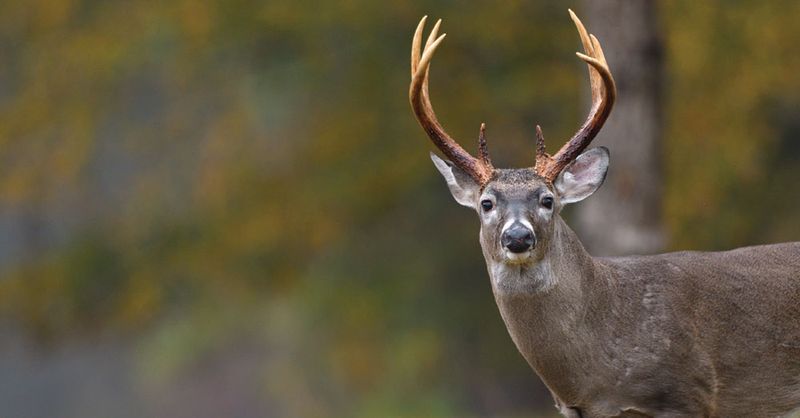
Silence is golden in the wild. Disregarding noise discipline can betray a hunter’s presence. Clanging gear or loud conversations can startle deer, sending them fleeing.
Practicing noise discipline involves maintaining quiet at all times, from packing equipment to moving through the forest. This vigilance allows hunters to become a whisper in the woods, where every sound matters. The forest’s natural silence becomes a partner, aiding the hunter in creating a seamless presence that enhances the chance of successful encounters.

